A Brief History Of The Marlin Series Of Sportscars
Paul Moorhouse started as an engineering apprentice at Rolls Royce and went on to Teacher training. Over time as college and hobby projects he designed and built a 12m steel yacht hull and six different cars including two Jaguar based specials. The single seater below, based on Triumph Vitesse components, was built in six weeks as a project on his Teacher Training Course.
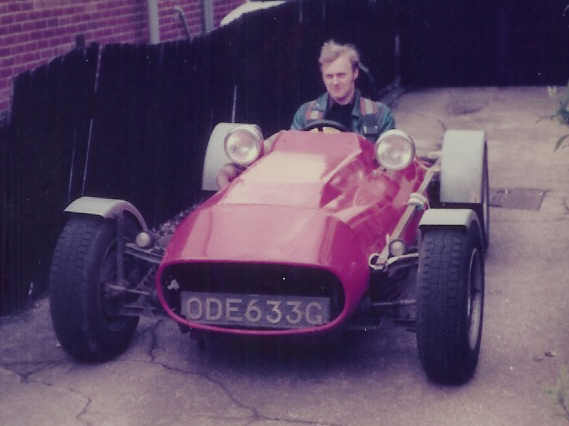
[Picture Copyright Unknown]
Before this single seater, he had already built two similar looking traditionally styled open two-seaters whose shape was inspired by 1930s Alfa Romeos. He was encouraged by friends to put the idea into production, and thus the “Marlin” was born. When he first went public with the Marlin in 1979, one of these two (536 URR) had already served 5 years as his daily transport.
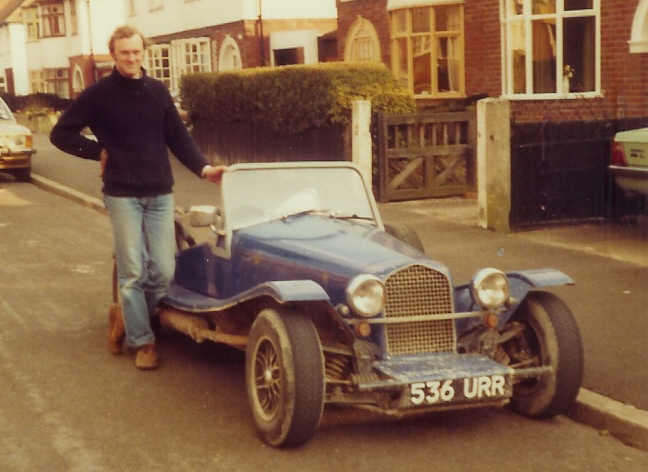
[Picture Copyright Unknown]
536 was used in the original photo shoot (see picture below) and other advertising pictures.
After leaving Paul’s ownership, at some later date the car is believed to have been rebuilt and reregistered as Q494 HEX. In June 2008 it was apparently sold into Europe, and it’s whereabouts since then are not known.
The second prototype car, (JRR 929D) is alive and well, and had a total rebuild in 2015-17
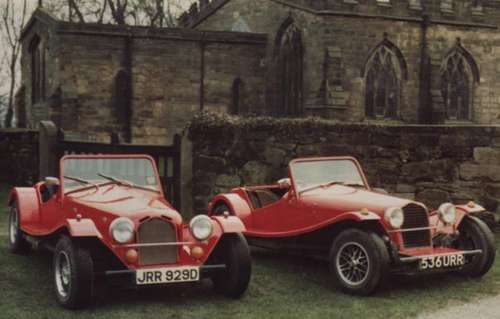
[Picture Copyright Unknown]
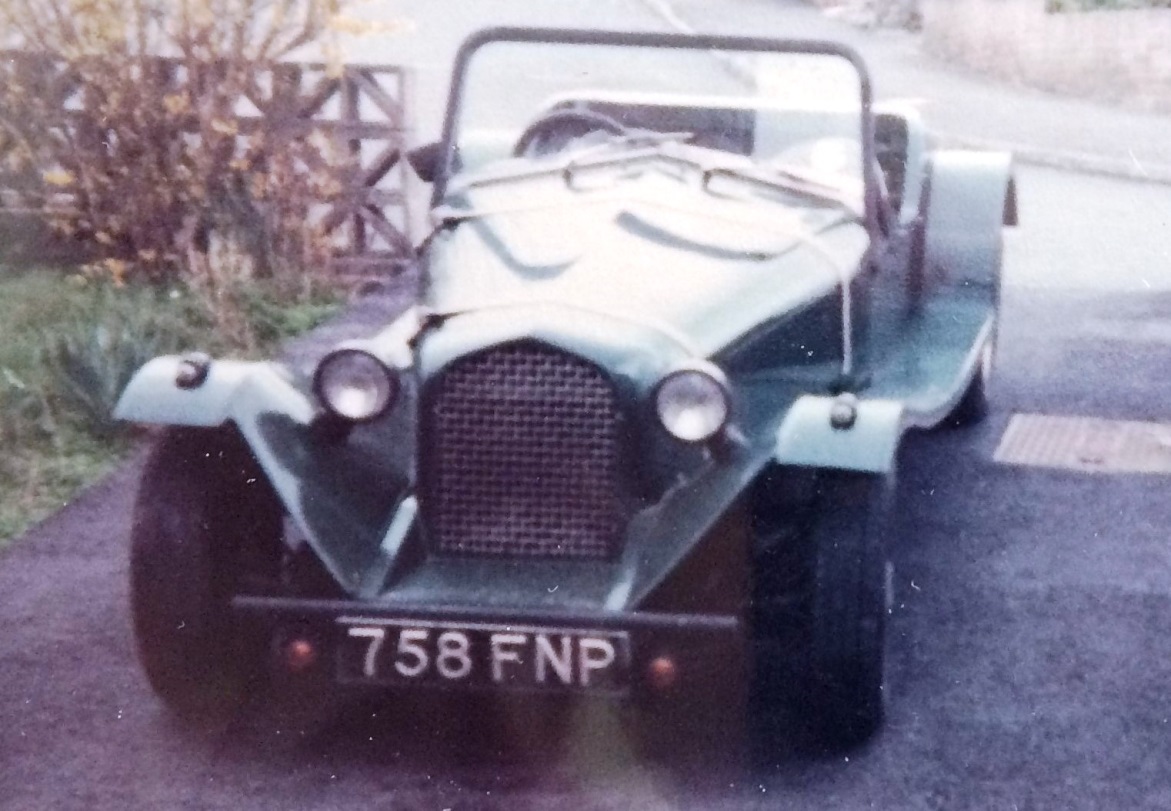
[Picture John Newell]
The first production Marlin Roadster chassis was manufactured on 1st July 1979 with the first kit being sold for the princely sum of £655 inc VAT. This was put on the road as 758 FNP and is pictured above by it’s second owner.
Unlike many other kit cars of the 1970s and 1980s, which used the (usually rusting) chassis or floor pan of the donor vehicle, the light and nimble Marlin is built around an extremely sturdy box section chassis with an innovative roll-over bar integrated in the windscreen frame.
This chassis was cleverly designed to maximise the use of running gear from any Herald, Vitesse, Spitfire, GT6 or even Bond Equipe – and also catered for the Rotoflex rear suspension from later models of Vitesse and GT6 by virtue of additional drillings in the chassis box sections.
The bodywork is a combination of aluminium for the flat panels, and fibreglass for the moulded sections, including the distinctive radiator cowl, the outer wings, and the rear bodywork.
The early Roadster all-Triumph based kits had subtle changes in body and chassis design from the prototypes and were required to be built from Triumph mechanical components from the Herald, Vitesse, and Spitfire ranges. These cars are generically known as Mark 1 Roadsters, and the design evolved gradually during the production run. Doors were an option on all cars from quite early on and they don’t give an indication of age, as some later cars had none! The last Triumph based kit was produced in June 1983, and of the 236 all-Triumph kits produced approximately 160 are known to have been put on the road.
The Roadster was redesigned by Paul Moorhouse into a Marina/Ital based kit, which looked very similar to the earlier cars but used the Morris Marina/Ital as the donor vehicle. The majority were built from a single donor car using all Marina mechanicals, the engines including the 1275cc A-Series, 1700cc O Type, and 1800cc TC (twin carb) B-Series.
However, the earlier Triumph front suspension was always well regarded (more than could be said for the rear!) and customers sometimes wanted this, so over time Marlin built more than 100 “Hybrid” kits which had the Triumph front suspension system and Marina rear axle/suspension
Over the years, various engines have been used from the original Triumph 4 and 6 cylinder engines, Ford Kent and Pinto and Zetec engines, various Italian twin cams and even the Rover V8. This all made for varied and exciting motoring and Marlins are a particular favourite with the trials brigade. The car’s weight distribution and short wheelbase allow it to travel over muddy lanes and rocky tracks better than less advanced designs.
The pictures below are of an Ital based Roadster.
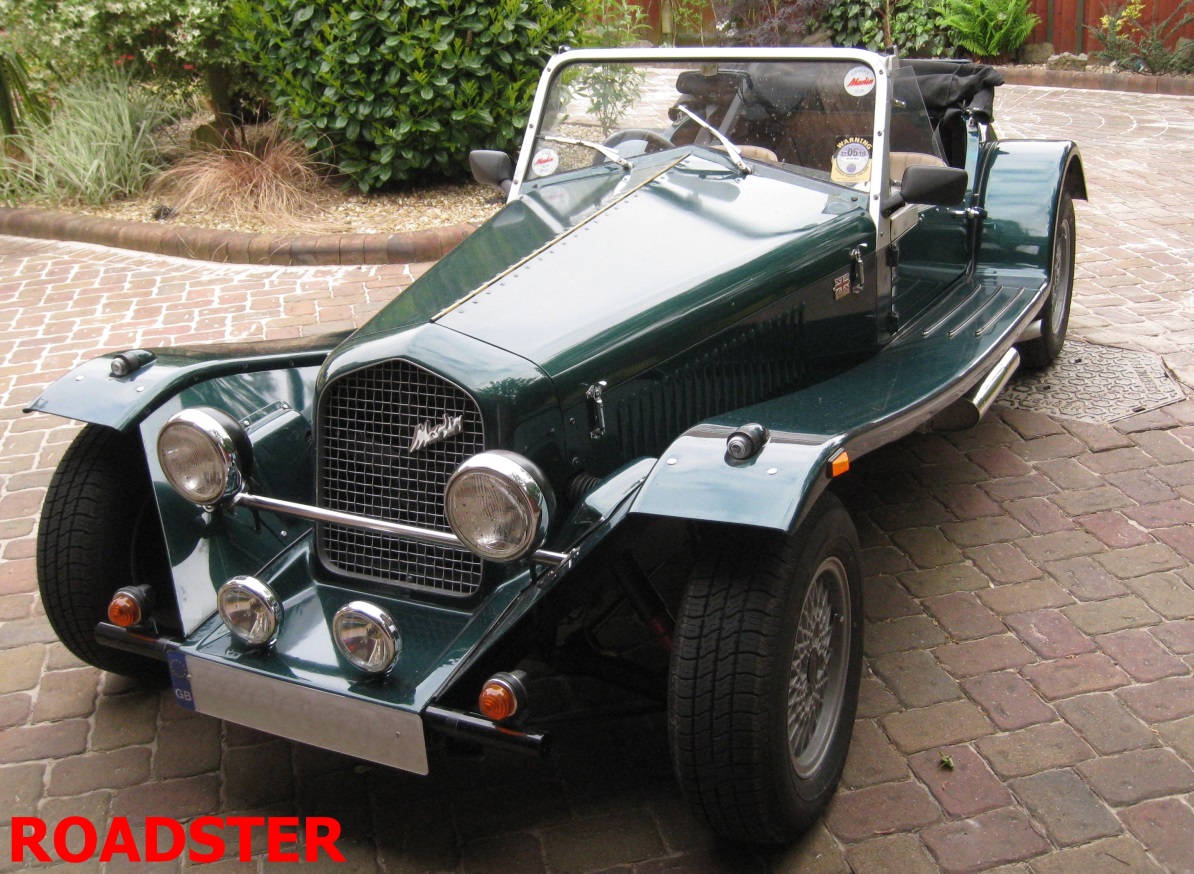
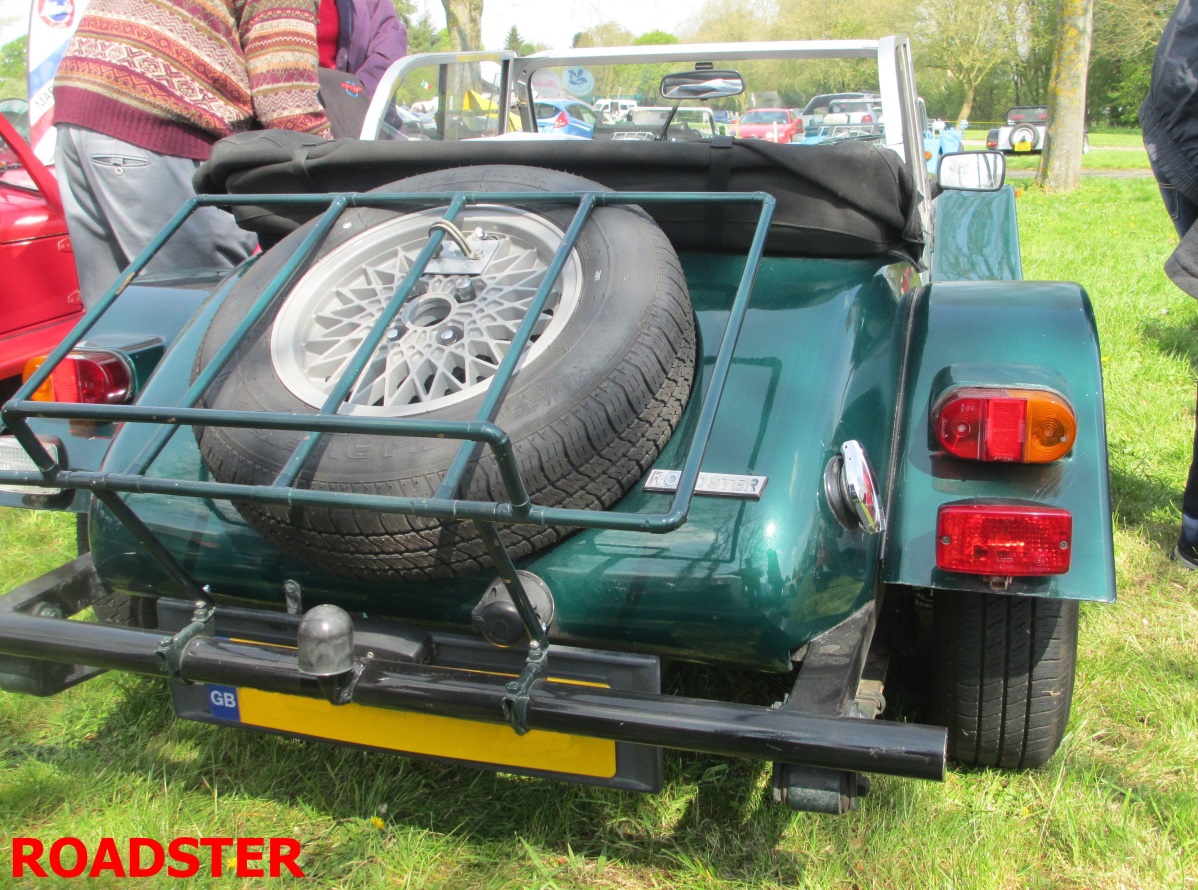
Pictures DC
Many of those who had bought Roadsters originally, now wanted to enjoy the fun of a Marlin with more room for their offspring and partners. Paul designed a car some 10% bigger all round than the Roadster, using Ford Cortina mechanicals and in 1984 the Berlinetta was launched. The Berlinetta came complete with previously unheard-of luxuries such as wind-up windows, a lockable boot and a hardtop option…. and its curved windscreen top is a positive visual identification. As with the Roadster, the Berlinetta could be made to accept an almost unlimited number of different engines. With some further redesign by Paul, from late 1989 a small number of Berlinettas were produced using the Ford Sierra as a donor car, the main visual difference being the front suspension. The Berlinetta is a touring car rather than a sports car, and sales of Berlinettas were fewer than the Roadster, mainly due to the more limited market.
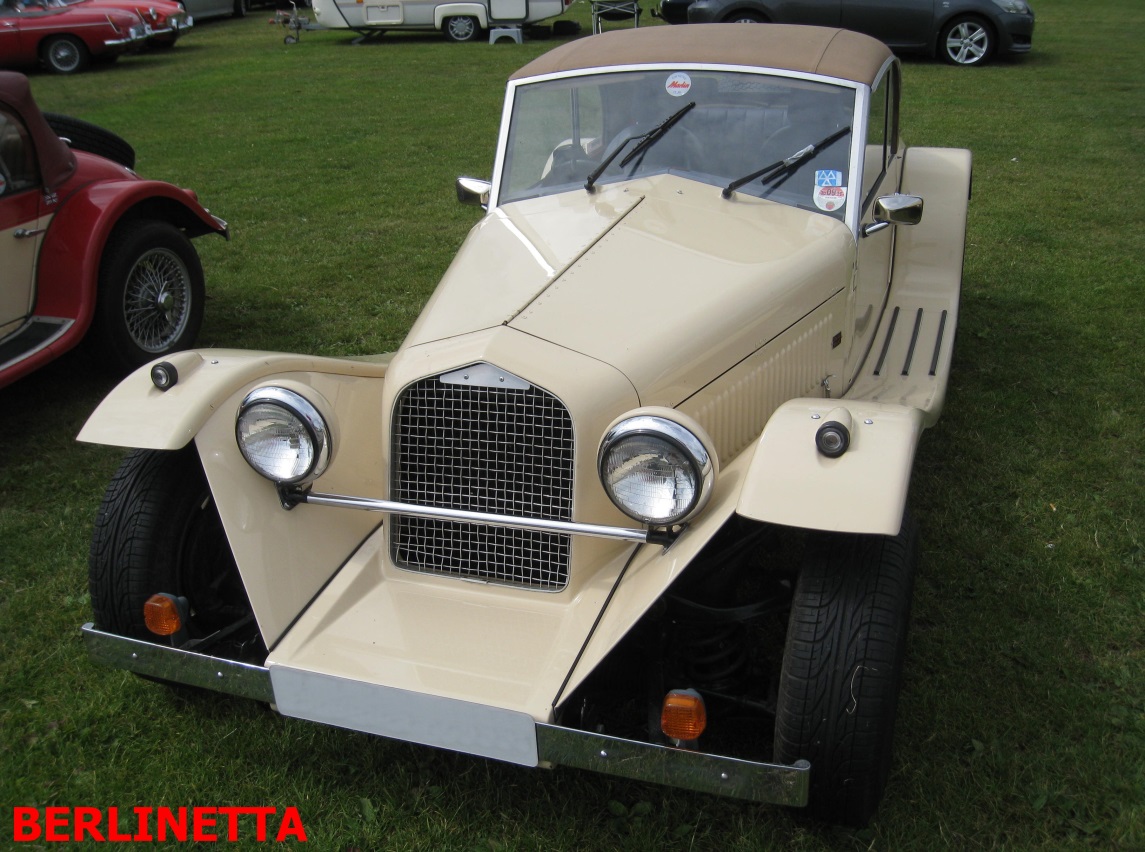
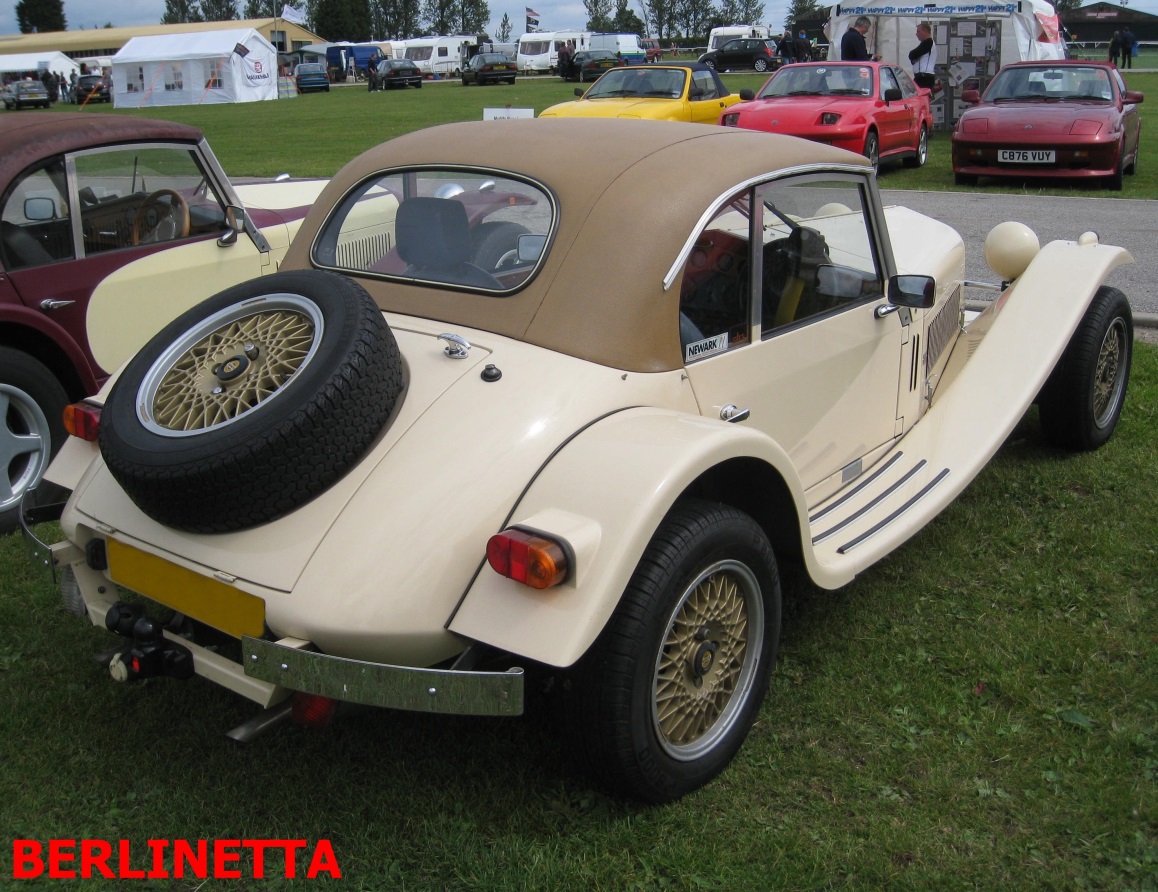
After the Sierra based Berlinetta, Paul produced another design, the Cabrio, and it was put into production in 1991. Still very much a Marlin in looks, it is wider inside and built around more up-to-date mechanicals, normally from the Ford Sierra/Granada/Scorpio. This car gives all the fun of the Roadster but with more modern comfort, suspension and power. Featuring an advanced chassis construction technique, this is the “posh” Roadster, and as with both of its predecessors can be made to accept a variety of engine options. The Cabrio is a superb weather-tight “Grand Touring” car, and in more recent years several Cabrios have been built using BMW power and mechanicals.
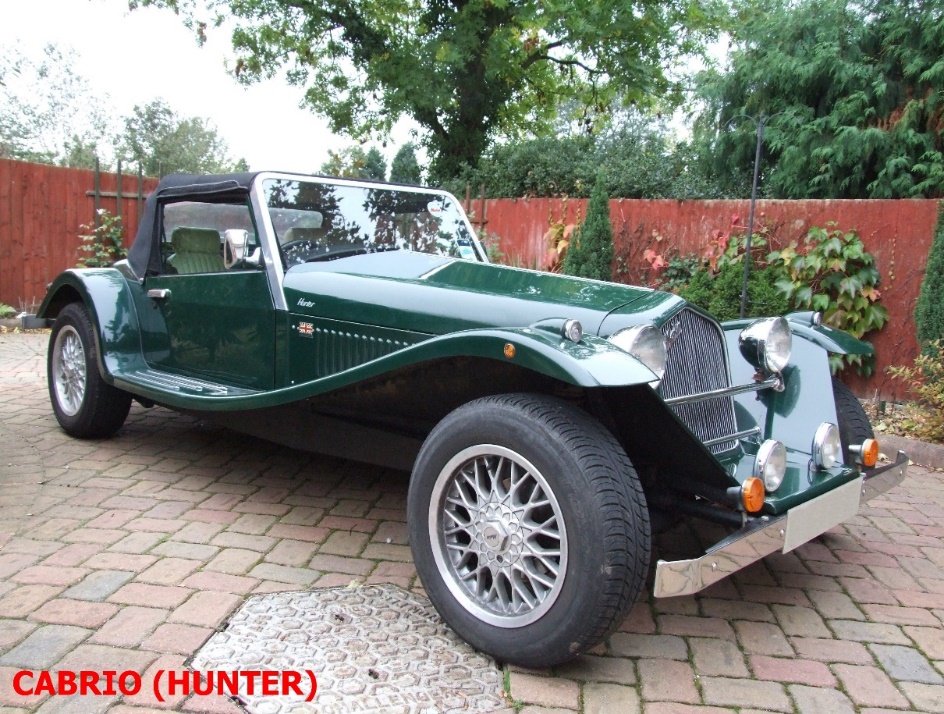 Picture DC
Picture DC
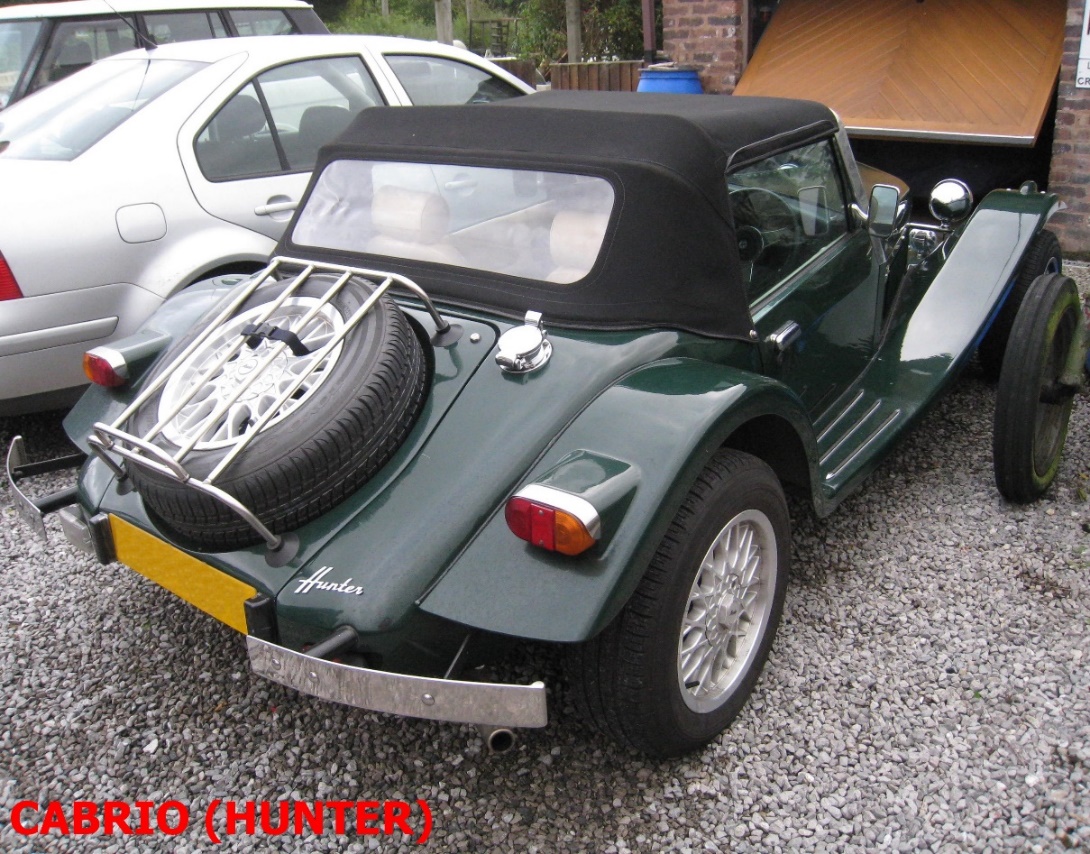
Picture DC
Paul Moorhouse had been working on the design of a submarine (and building it at Marlin Engineering) from about 1984/5, alongside the Roadster/Berlinetta production, and in order for him to be able to spend more time and effort on this, the rights to the Roadster (and its 2+2 bigger sister the Berlinetta) were sold to Yorkshire Kit Cars (YKC) in 1992.
[See www.steelfish.com for Paul’s submarine building story]
Steve Himsworth had started YKC Engineering Ltd in 1985, following his 1983 purchase of an unfinished Triumph-based Roadster, which signalled the start of the collaboration between Marlin and YKC.
In time YKC became the Northern Build Agent for Marlin, and when Don Burt joined Steve in 1993 as a partner in YKC they bought the rights for the Roadster and Berlinetta from Marlin, and production of the kits was moved to Yorkshire, with some of the last Marlin-built Marina kits being sold under the YKC name. YKC then produced Roadster kits themselves to the Marlin design but using their own kit number sequence. Initially the cars were Marina/Ital 1.3/1.7/1.8L engined, but as time went on several different engines (including Fiat, Ford, Mitsubishi, and Maestro) started to be utilised in both LWB and SWB variants.
A ”new” Roadster was designed by Steve Himsworth and Clive Gamble, reworking the model with technology from the Ford Sierra, and the cars/kits were produced by YKC
(note : in the background of the following YKC Roadster picture is the prototype V8 powered YKC “Raider”)
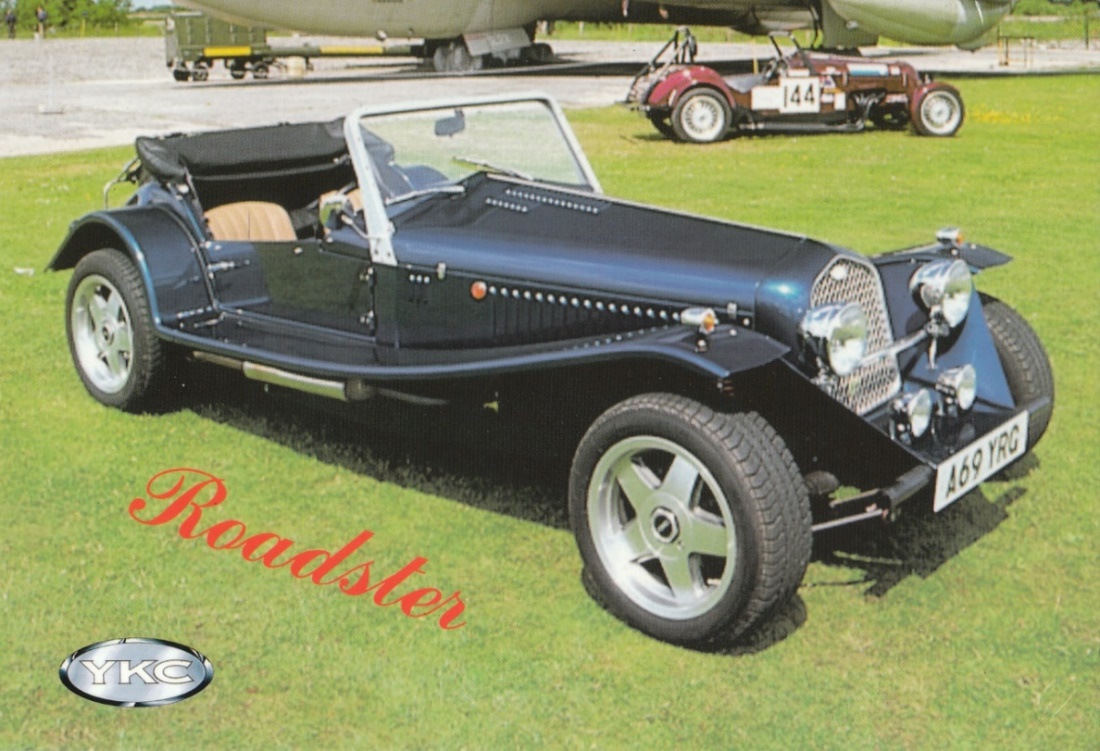
The Sierra based Roadster was further redesigned to become the Imola, the Romero, the Julietta and the Mille Miglia.
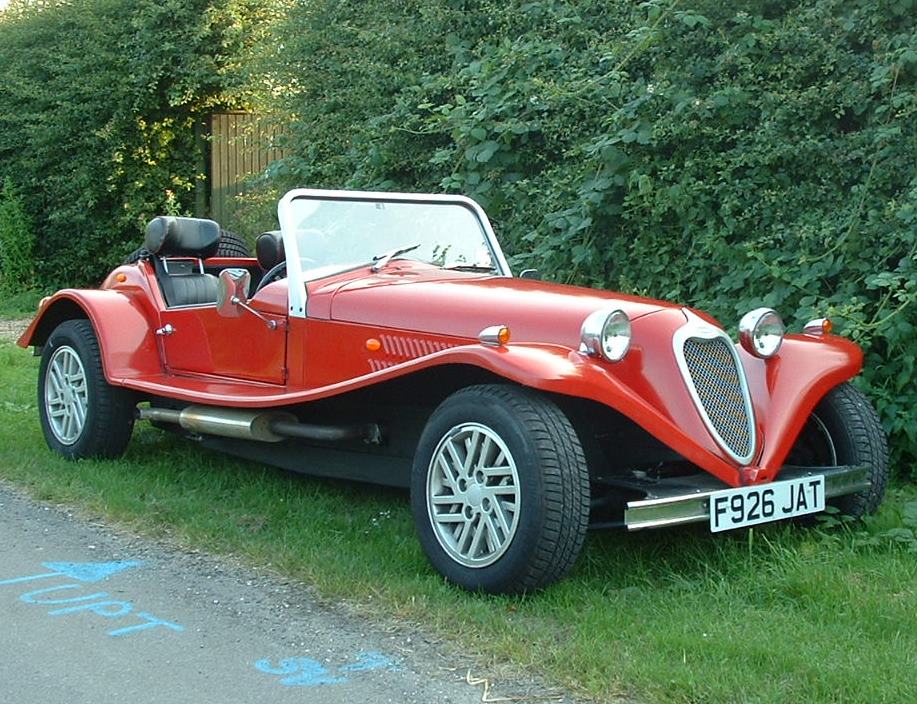
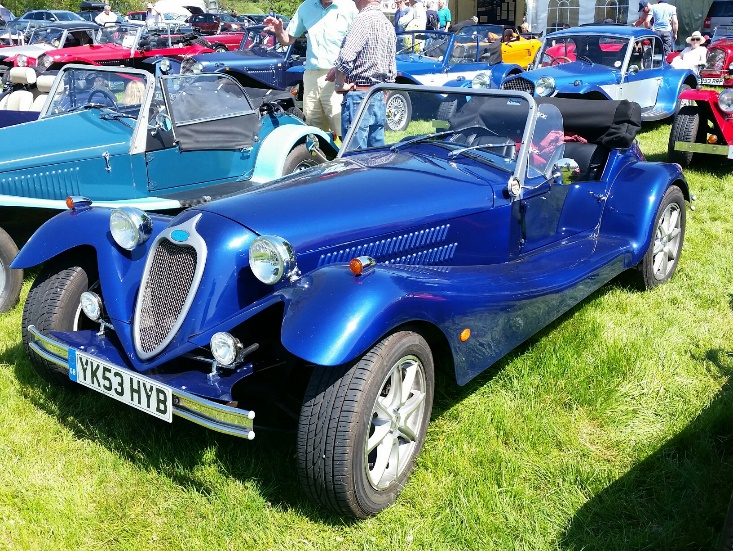
Imola/Romero Julietta
The Mille Miglia was visually similar to the Julietta, apart from the aeroscreens. The removal of the strength of the windscreen surround required changes to the body structure.
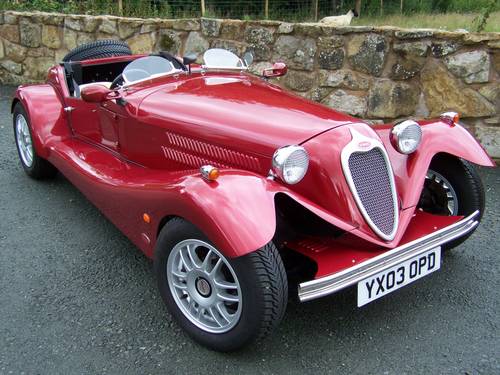
Mille Miglia
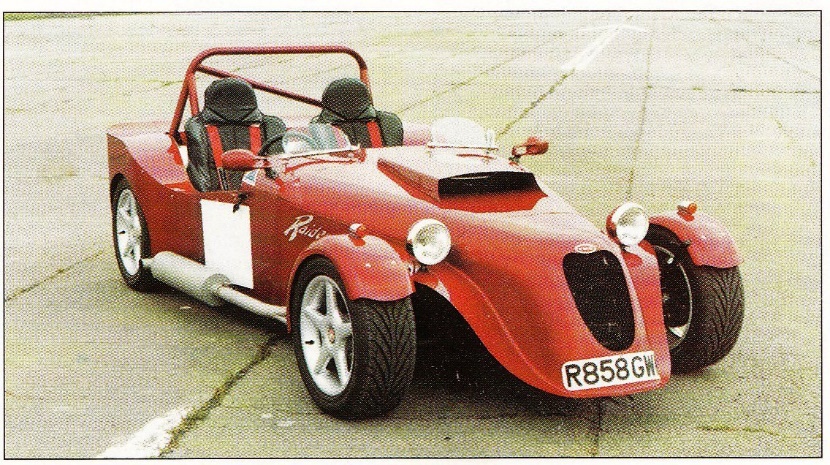
Raider
Two “Raiders” were built, and the second is pictured above with a competition body when owned by ASC.
YKC as a company was sold on to become Aquila Sports Cars (ASC) and had further changes of name/ownership over time, before succumbing to the downturn in the kit car market
+ + + + + + +
Returning to the main story, in 1994/5 the Marlin company was bought by Terry and Mark Matthews and they, as the new owners of the Cabrio model, introduced the “turnkey” Hunter alongside the Cabrio kits. Using the Cabrio as its base, the Hunter was a factory-built car featuring a high quality of assembly to customers’ own ideas and specifications, which made their chosen car unique.
A little later, in response to a perceived demand for the Lotus 7 type of car, Mark led the design of the Sportster, based around Ford components. The car had more room inside than a “7” type, weather equipment, doors and boot space, and Sportster kits went into production in 1997.
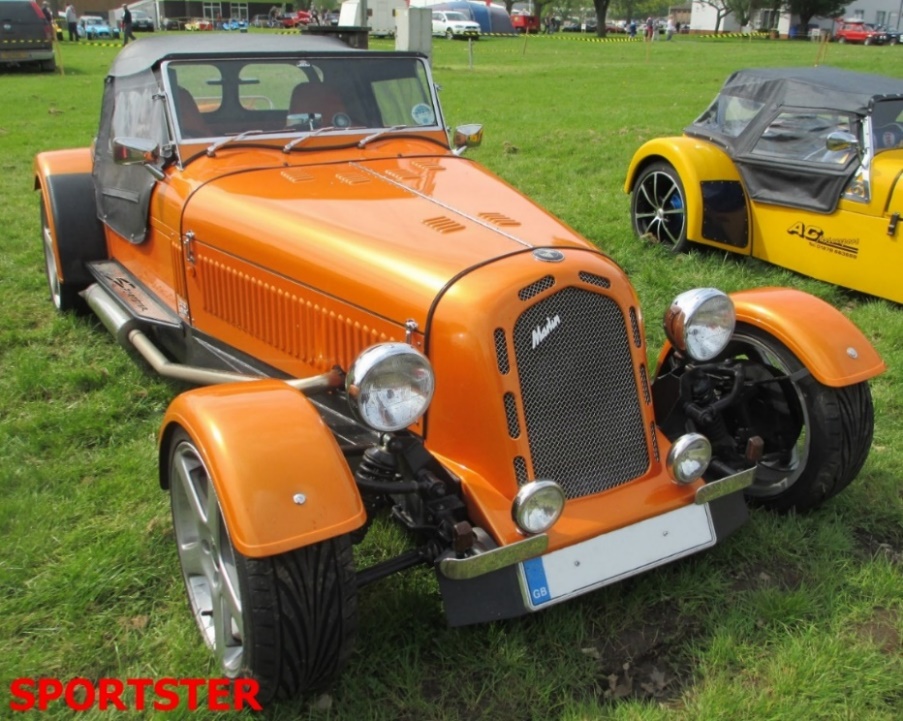

Pictures DC
In 2002 the Sportster was re-launched with a brand-new suspension and engine package, the older Ford components being replaced by parts sourced from BMW’s 3-series. With this upmarket, yet affordable new donor came the promise of more exciting engine options (over 320bhp with the M3 Evo unit) and more refined and capable suspension and braking components. Once again using this new BMW package allowed the builder to assemble a Sportster using just one donor.
Also in 2002, and to celebrate twenty years of the Marlin name, the factory embarked on its most audacious project yet. The V8 powered Makaira was a benchmark car for Marlin, embodying everything the company had learnt in developing the turnkey Hunter, to produce a highly exclusive, all aluminium bodied traditional roadster. Production difficulties meant that the wings were made in standard Marlin fashion ie f/glass. With a price tag of over £40,000, this beautiful car took Marlin into yet more uncharted waters and continued the company’s heritage of pushing the boundaries – but unfortunately only one was ever built.
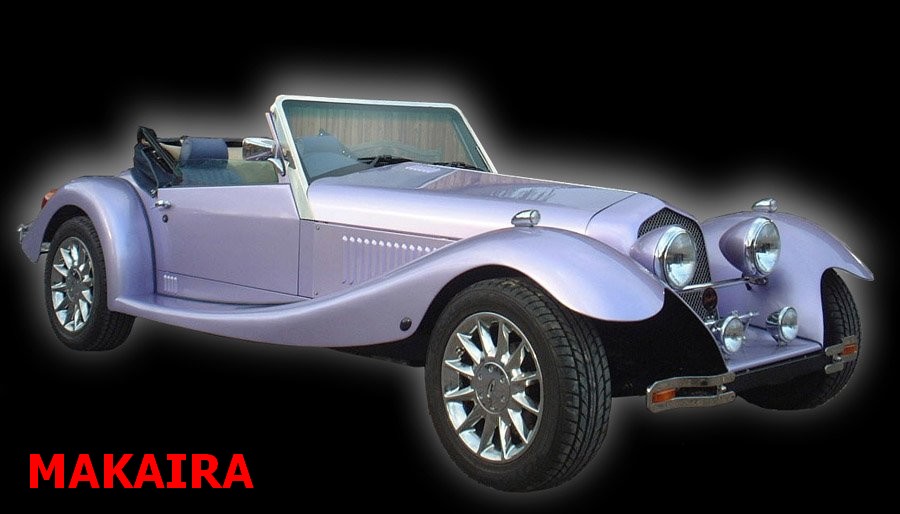
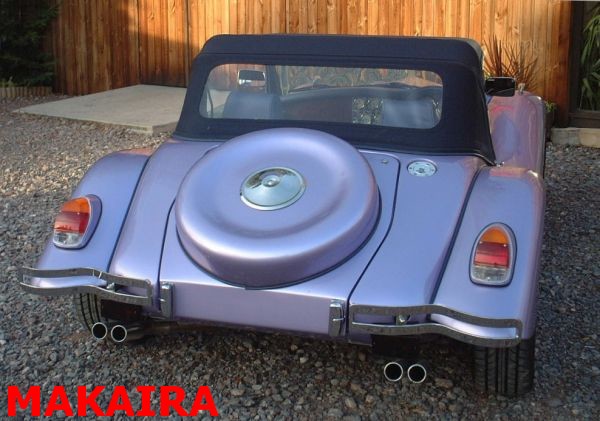
Pictures Copyright Marlin
The original launch of the Sportster had seen Marlin coming into more regular contact with a younger customer, and the Kool Kars 5exi was launched in 2003. Designed around the Rover K-Series engine/gearbox unit, with the fibreglass body panels on a space frame chassis this car offers a low-cost, easy-build with contemporary styling. Despite the move to a mid-engine layout the 5exi maintains many of the traditions of Marlin engineering, once again using an unusually large number of components from a single source.
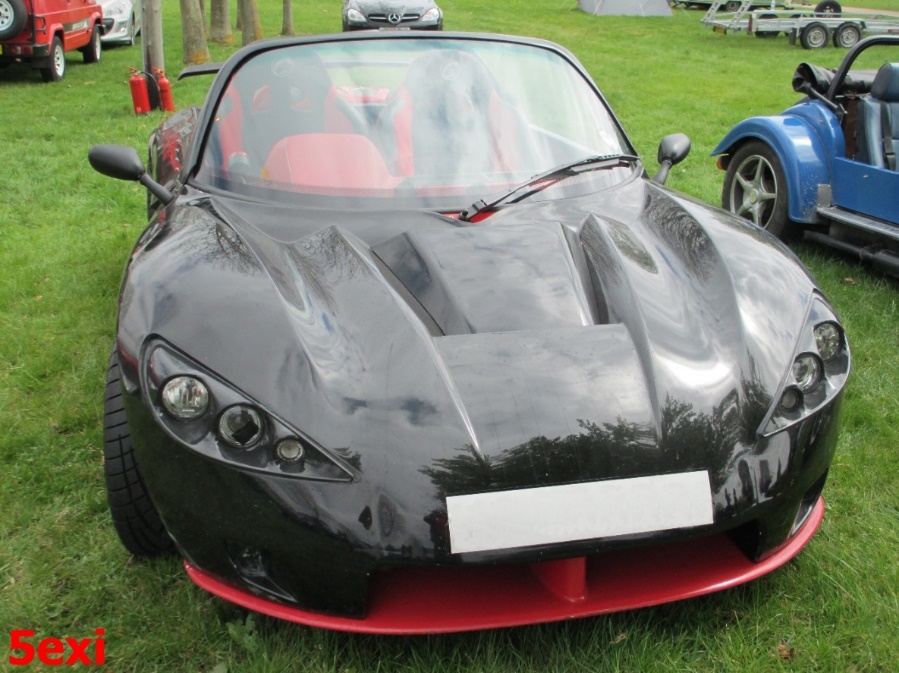
Over time, the car has been changed with the addition of full height doors and the option of using Honda’s Type R VTEC engine.
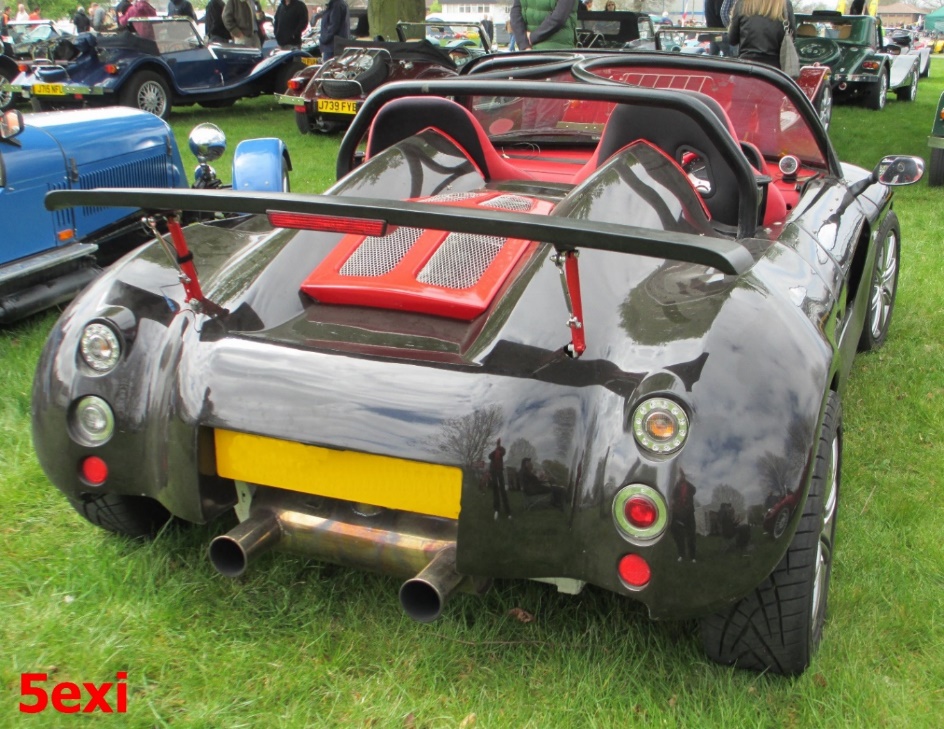
Pictures DC
The story is now almost up to date, so I shall end it here with the comment that the business was put up for sale in 2019.
Total Marlin kit production is not known exactly, but best estimates we have for the earlier cars are: Roadster (all variants) 2500, Berlinetta 440, Cabrio / Hunter 180, Sportster 150 and 5exi 75.
The best guess scenario for YKC and Aquila together seems to be Romero 80, Imola 20, Julietta 40, M. Miglia 10
DC March 2023 == == == ==
